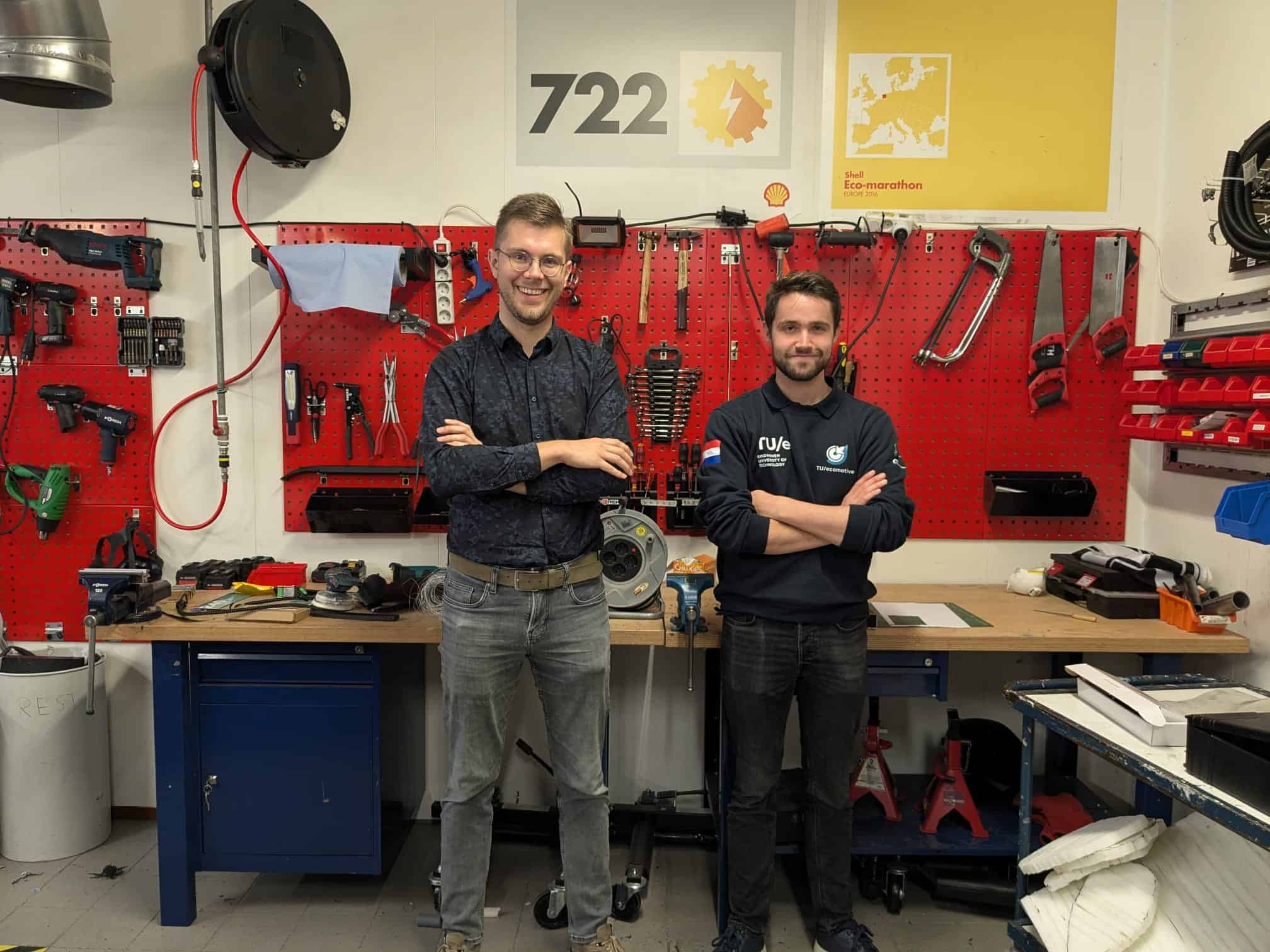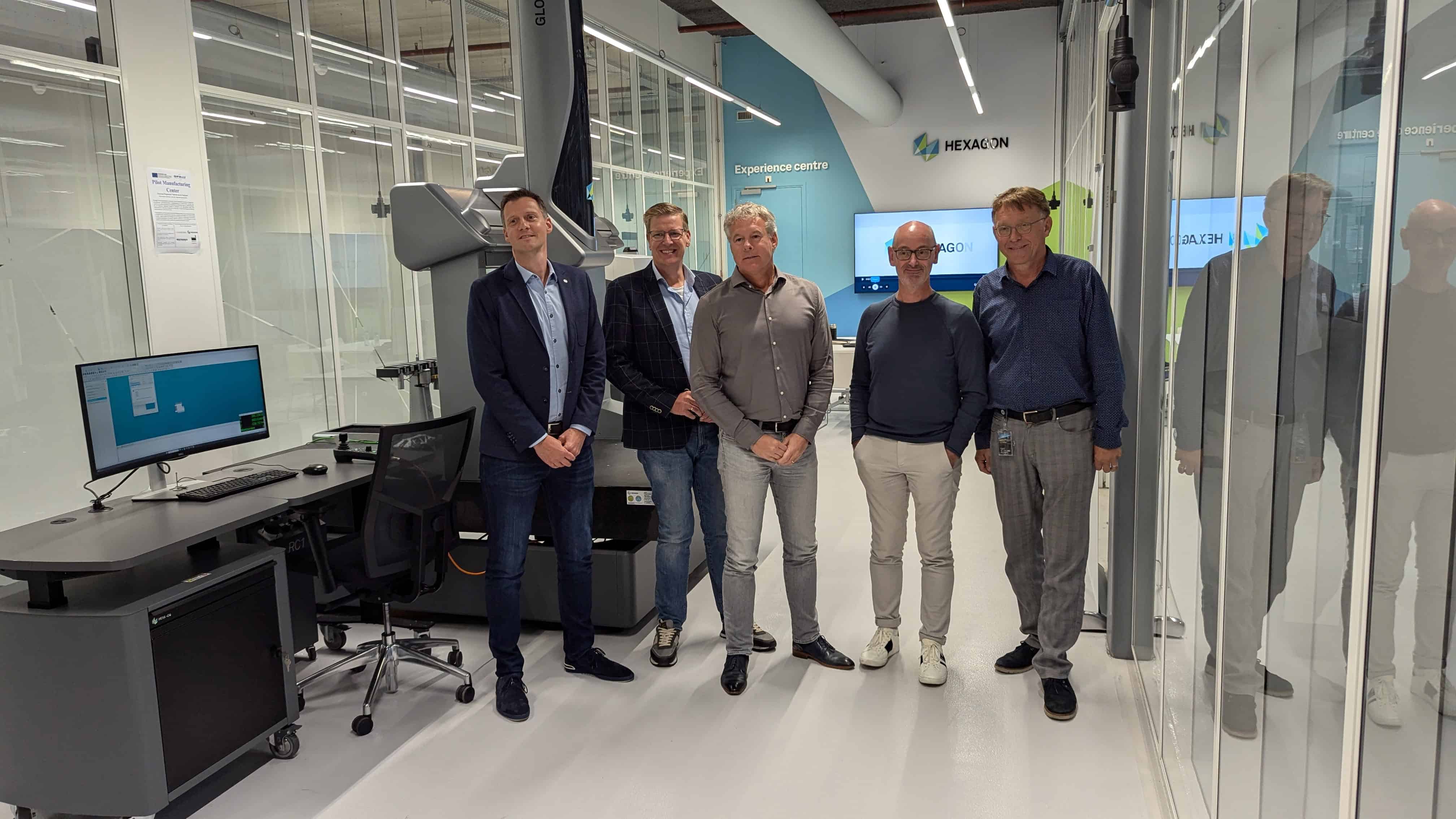
Many thousands of companies in Brainport Eindhoven, all with their own expertise, a connecting network, and an accumulated experience from which everyone could learn something. How logical, then, is it that all these lines come together to make the whole thing accessible to all participants? It was a rhetorical question for Piet van der Wielen and his team at Brainport Development. “Of course we had to do that. Not only would it be of direct benefit to those participants, but it could streamline a lot for ourselves as well.”

Van der Wielen is accustomed to being the questionnaire for half of Brainport Eindhoven. The contact data of a CEO, tips about a financing need, information about a prospect or a new market, an application for the emergency fund… he is contacted for everything. “And of course we want to help everyone as best we can. But sometimes it gnawed at us that we didn’t always have the latest updates of those data ourselves. A new board member at one company and a change in the supply chain at another, our region is simply too big to know everything exactly at all times. So we started thinking about a solution.
That solution now exists, in the form of Brainport Connect, a platform where every company in the region can enter their own data and thus also benefit from the data provided by other companies. Van der Wielen: “One company needs something, another one offers something – then it’s just a matter of bringing the two together. Given the advantages that all this can offer, wouldn’t you think that everyone would be enthusiastic about it?
Six hundred companies
Now that Brainport Connect has been in the air for the first few months, the database is indeed already quite full: some six hundred companies have signed up and then uploaded their data. “We’re pretty proud of that,” says Piet van der Wielen. “But at the same time I say: there still is an opportunity for growth – and become even more effective. The database could also become a bit more diverse: now it is mainly service providers that have registered and SMEs are still underrepresented. Of course, not all companies in our region will see the benefit of it, but for the most part, this is an excellent opportunity to benefit even more directly from the network that we can develop together.”
What would have to be done to convince these other companies as well? “That is difficult to say. Joining is free and we have made the application process as accessible as possible. We help when we see that a company quits halfway through the registration process. We see that those who signed up actually see the benefits, but if you don’t know that yet, it’s still difficult to assess, of course. Conversely, you could also say: you’re actually crazy if you don’t join: with so little effort you become part of the pinnacle of supply and demand in our region. This is unique in the world, take advantage of it!”
Registering takes fifteen minutes; a process that should be repeated once a year to keep the data up-to-date. There are three tabs; one with the supply (what is your product or service?), one with your question (what would you like extra information about, what do you need?), and a ‘secret tab’ with non-public data on growth rates and other company-specific data. The latter tab is not visible to other users, the first two are. Once everything has been recorded, the platform can do its job. “And if a company temporarily has no need for these kinds of contacts, it’s very easy to just tick a box and no one will bother you anymore.”
Algorithm
If everything is filled in, a connection between supply and demand can arise in two ways. Users can manually consult the data of other companies if they are specifically looking for a particular match. But there is also an algorithm that tries to make these kinds of connections automatically in the background. The two methods next to each other must ensure that actual contact is established. Apart from that, Brainport Development itself can share information on matters such as information sessions or new support measures. “This can be done generically, to all participants, or specifically, at the company level. But we only do it if the participants themselves have ticked off that these kinds of messages are welcome, otherwise we won’t”, assures Van der Wielen.
“So it’s up to the companies themselves, we’re only active in the background,” he adds. Especially since the network gains strength with each new registration, he continues to look for ways to expand the database.
Improvements
Van der Wielen and his team have a series of improvements planned for the platform in the near future, all based on the reactions of the users. Most important: the creation of a page with the most recent changes, new help requests, and new registrations. “This will make the whole thing a little less like the Yellow Pages and will make the usefulness a little more tangible.”








